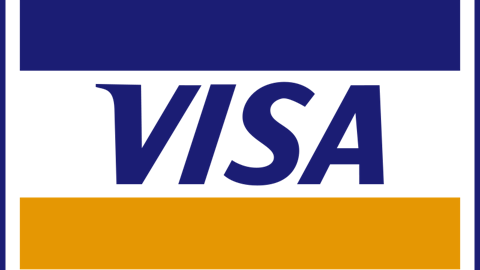In 1986, I wrote a series of feature stories for Investors Business Daily about the five-year anniversary of American Express Company (NYSE:AXP)‘s acquisition of Shearson Loeb Rhoades, then the second-largest brokerage firm in the United States.
I believed then — and continue to conclude today — that the June 1981 transaction was the most significant deal in Wall Street history. It underscored the changes going on in the financial services industry and foreshadowed the shifts that would come later on. It was a tumultuous time. Suddenly, commercial banks were acting like securities firms. Individual investors became stock market players, and mutual funds began to explode.
The acquisition underscored how Wall Street had a new regard for “the little guy.” Seeing the potential for greater commission fees, the securities firms looked at the investor as a potential consumer of a myriad of financial services. It was such an important principle, such a breakthrough, that the Street continues to embrace it today.
By joining forces, American Express Company (NYSE:AXP) could potentially market a plethora of its cards to the upscale Shearson brokerage audience. Shearson could use AmEx’s resources to expand its brokerage services as well.
“The idea was to establish a conglomerate dedicated to the business of money — the money, people deposited and saved, the money people spent, the money people invested,” wrote Tim Carrington, in his terrific 1985 book about the deal, The Year They Sold Wall Street: The Inside Story of the Shearson/American Express Merger, and How It Changed Wall Street Forever.
Carrington, who covered the deal as a Wall Street Journal reporter in New York, was spot-on. What exactly changed forever? For one thing, financial-service empires felt that they could break out of the ways of the past and create a new kind of financial supermarket. Now, individuals could fulfill all of their financial needs under one company’s roof.
Shearson and American Express Company (NYSE:AXP) were the hardly the only merger-happy outfits at the time. (Actually, Prudential Insurance’s acquisition of Bache Halsey Stuart Shields, a brokerage firm, preceded it by a few months, though that deal lacked the impact, memorable characters, and sheer charisma of AmEx-Shearson.) Before long, Sears Roebuck, the largest retail-store chain in the U.S. at the time, was acquiring Dean Witter Reynolds. The commodities-trading behemoth Phibro also gobbled up Salomon Bros.
Think of many of the U.S. financial powerhouses of today — Citigroup, JPMorgan Chase, Bank of America, and others. They act as financial supermarkets, underlining the continuing impact of American Express’ acquisition of Shearson.
Also noteworthy, the AmEx-Shearson deal altered the way that the U.S. media — and through their writing and broadcasting, the public — began to view The Big Deal. Business became sexy as journalists started to write more often about the people behind the curtains. Today, the media cover the likes of Warren Buffett, Bill Gates, and Mark Zuckerberg as rock-star billionaires. Much of that started with the AmEx-Shearson transaction.

